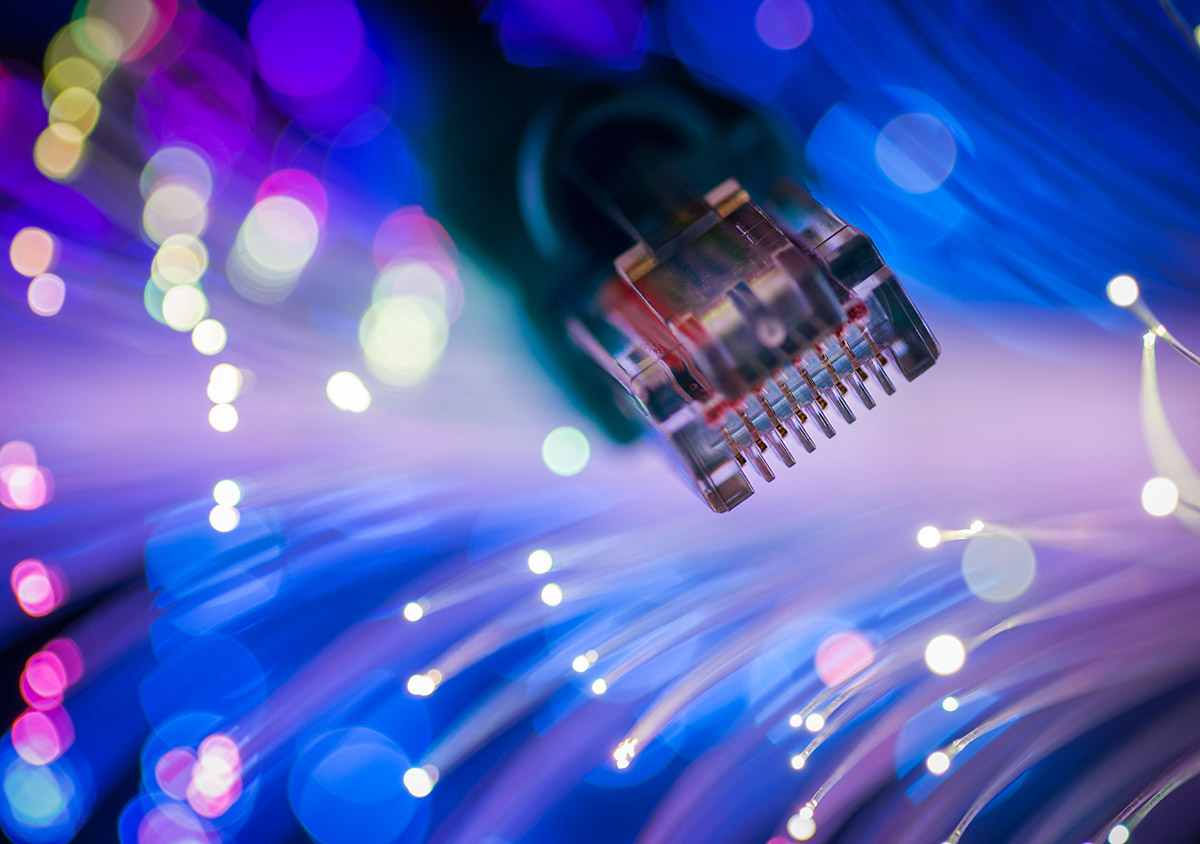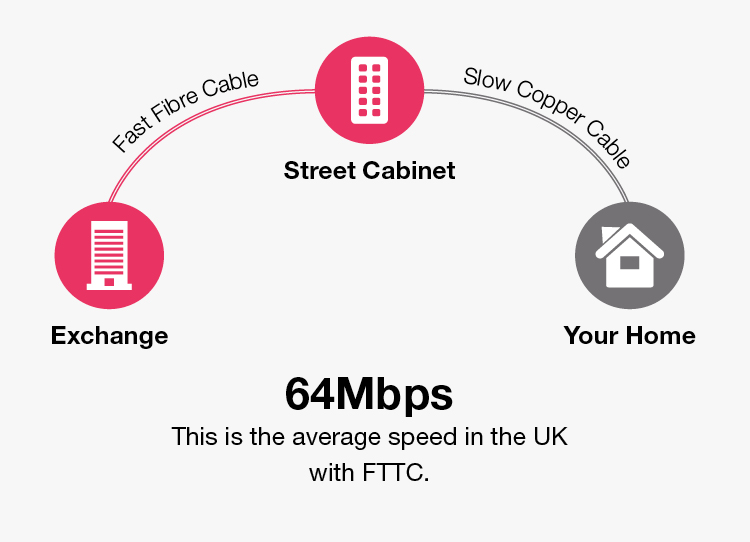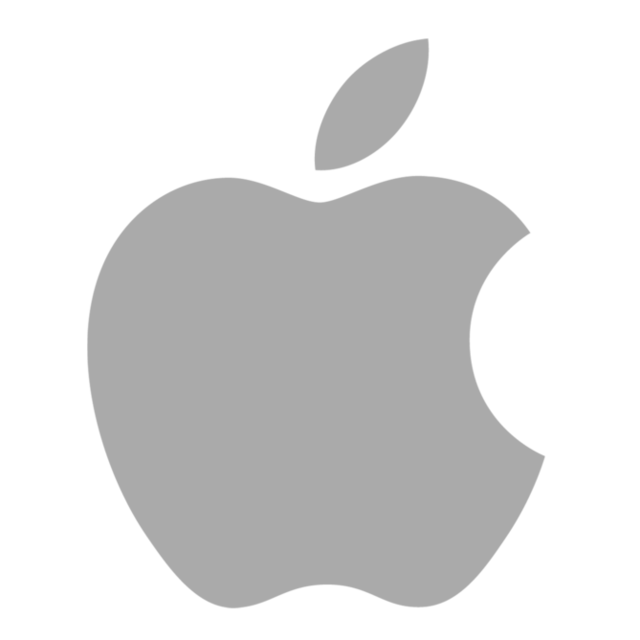Titanic Telecoms
Business Broadband
4G Broadband Solutions
When conventional broadband fails, 4G is the perfect solution.
Working with talented partners, we can provide you with a bespoke 4G solution that is programmed and configured to connect to the nearest 4G mast to give you the fastest and most reliable service.
This, coupled with an enterprise-grade wifi access point in the house can and has revolutionised connectivity for those suffering in rural areas. Contact us for more information


Rural Area Broadband Solutions
The main issue with providing broadband services in rural and remote areas concerns is the limited, and sometimes complete lack of, infrastructure.
There are six main options for getting broadband in the country, but not all are available in all areas.
· Fibre broadband. Broadband that is delivered by fibre optic cables is the fastest option on paper.
· Standard broadband. Broadband over standard copper phone wires has the most widespread availability.
· Mobile broadband. Broadband that runs on the 4G mobile phone data network, and is accessed either via a wireless router, a dongle, or a SIM card inserted directly into a tablet or laptop.
· Satellite broadband. Broadband supplied via the installation of a satellite dish in your home.
· Fixed wireless broadband. A broadband service installed in a village or community, and delivered wirelessly to homes via a mast and receiver.
· Bonded broadband. Broadband that combines two or more standard phone lines to create a single, faster one.
FTTC & FTTP
If you are wondering ‘what is FTTC?’, you are not alone. We have had many residents and customers wanting to learn more and they always ask us what does the jargon stand for? FTTC stands for Fibre to the Cabinet. It describes the use of fibre-optic cables that lead from the exchange to the cabinet. The referred cabinet are those green boxes that you may see on your road or place around your residential area.
Green Cabinet on Street
A lot of companies use this current existing method of networking as it is what was originally installed when mass connection was rolled out. It is the foundation of connecting the nation through voice transmissions and phone calls.
WHAT IS THE CURRENT SETUP
Currently, 90% of UK residents have access to an FTTC connection, meaning that they can receive some form of broadband (albeit a slow one).
FTTC is the first part of the network that results in your house being connected and it is currently what the majority of networks are made up of. The second part of the network is comprised of copper network cables, which was the preferred method of transmitting telecommunications.
Copper cables are an excellent method of voice transmission, but unfortunately, they are no longer tailored to keep up with the evolving digital landscape. The speeds they transmit simply can’t match the demands we need, especially given the recent shift in the use of digital technology at home.
FTTC & FTTP CONNECTION
It was a revolutionary rollout when first implemented. However, the fact that in 1998, there were only 9% of households in the UK with access to the internet means that it is time for a shift in our networking technology. This is where FTTP (Fibre to the Premise) comes into play.
The modern digital demand has increased significantly, especially given the COVID-19 pandemic revolutionizing the way we work, entertain and interact with each other.
Having a full-fibre connection (both FTTC & FTTP) is now imperative to keep up with our daily digital lives.

This diagram shows a typical average FTTC connection at a household in the UK
Leased Line
A leased-line is a dedicated fixed-bandwidth data connection. The word ‘leased’ refers to the connection rented by the Internet Service Provider directly to a business. A leased line needs to be symmetrical, uncontended and point to point.
What are the advantages of leased lines?
Leased lines have many advantages for businesses. The main advantage is high symmetric speeds, meaning better connectivity and faster uploads and downloads. Leased lines are also very reliable and flexible. When you set up a leased line, you receive strong customer support and setup, for example, if you choose our EoFTTC package, you receive 24/7 support from our expert team.
What are the disadvantages of leased lines?
A disadvantage of a leased line is that it can take a while to set up and install. The costs can also be higher than alternative services.
How fast is a leased line connection?
Leased lines start from around 10Mbps connections and scale all the way up to 10Gbps. Speak to our team about your requirements and they’ll provide a quotation.
What’s the difference between a leased line and broadband?
A leased-line is a dedicated, uncontended connection between your premises and the local exchange. It’s only used by your business. Broadband isn’t a dedicated connection and is shared with other people.
Can I increase my leased line speeds in the future?
Once your leased line is installed, you might want to increase your speed if circumstances call for it. Provided you have space on the bearer line, you can increase your speed. Ask our team and they’ll arrange for the bandwidth to be increased.
Our Partners
Get A Quote
Get a FREE quote today for your business. Fill in the contact form and a member of our team will be in touch as soon as possible! We look forward to hearing from you…







